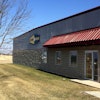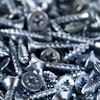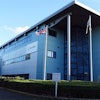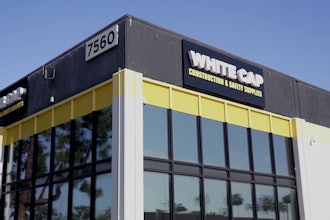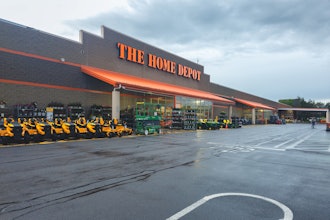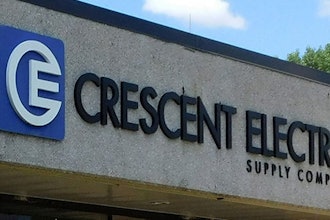NEW YORK (AP) — A private research group said its gauge of future economic activity edged up in July, suggesting growth will be sluggish for the rest of the year.
The Conference Board said Thursday that its index of leading economic indicators rose 0.1 percent last month after dropping 0.3 percent in June. Economists polled by Thomson Reuters had expected a gain of 0.2 percent.
The leading indicators gauge had risen sharply from spring 2009 through March of this year. It has flattened out since then. Businesses aren't building up their stocks as quickly as they did after the recession ended. Consumers are saving at higher rates and spending less.
Conference Board economist Ken Goldstein said this combination resulted in "a weak economy with little forward momentum. However, the good news is that the data do not point to a recession."
Wells Fargo Securities estimates that the economy will grow by 2 percent or less for the remainder of the year. The government had initially estimated that the economy grew 2.4 percent in the April-to-June quarter, but that is expected to be revised lower next week.
The index is calculated from 10 measures of the housing sector, employment, financial markets and manufacturing. In July, the Conference Board said longer workweeks in factories and fewer people filing for unemployment aid pointed to a better economy.
Another big boost to the leading indicators was the difference between 10-year interest rates and the overnight interest rate that the Federal Reserve has kept at a record low near zero. A wide gap between the two can mean investors expect economic activity to pick up.
While still historically high, that gap has shrunk this summer. Investors sought the safety of 10-year Treasury notes, driving down the yield.
A gauge of how long it takes vendors to get supplies to their customers also improved slightly after a bigger drop in June. Slower deliveries from suppliers suggest companies are ordering more and vendors are busier.
Low consumer confidence and a drop in building permits, which signal the intent to build homes, were the biggest drags on the index. Stock prices also fell.

